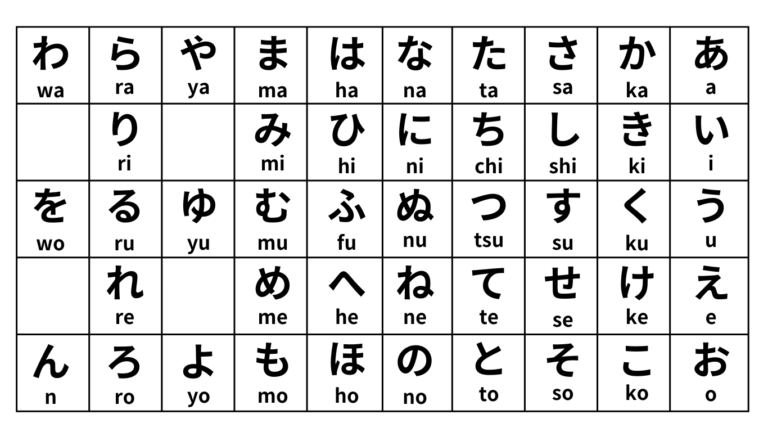Effective Strategies for Learning Japanese: A Starter Guide
Learning Japanese can seem daunting at first, but with the right approach and mindset, it can be an enriching and enjoyable journey. This guide will help you navigate your Japanese learning path effectively, whether you’re planning to visit Japan or aiming for fluency.
Where to Start?
The key to successful Japanese learning lies in having a clear starting point and motivation. Before diving into complex grammar or writing systems, begin with basic conversational phrases that you can use immediately. These might include greetings like “こんにちは” (konnichiwa) or simple expressions like “ありがとうございます” (arigatou gozaimasu).
Your learning goals should shape your approach. If you’re planning a short trip to Japan, focus on practical travel phrases and basic communication. However, if you’re considering studying or working in Japan, you’ll need a more comprehensive learning strategy.
Make your learning journey more engaging by incorporating elements of Japanese culture that interest you. Whether it’s anime, J-pop, or traditional arts, using these materials as learning tools can help maintain your motivation. Listen to Japanese podcasts during your commute, follow Japanese social media accounts, or watch Japanese YouTube channels to immerse yourself in the language naturally.
Understanding Japanese Writing Systems
The question of whether to learn Japanese characters often puzzles beginners. Here’s what you should consider:
Learning hiragana and katakana, Japan’s basic phonetic writing systems, offers significant advantages. These systems are essential for reading signs, menus, and basic communications in Japan. Moreover, mastering hiragana helps develop proper pronunciation and understanding of Japanese phonetics.
However, if your goal is purely conversational and you’re planning a brief visit to Japan, you might choose to focus solely on speaking skills. Many tourists navigate Japan successfully without reading ability.
Kanji, the complex Chinese characters used in Japanese writing, represents a more significant challenge. It’s important to approach kanji learning with patience and persistence. Remember that even native Japanese speakers spend years mastering these characters.
Developing Speaking and Writing Skills
Speaking Practice
Success in speaking Japanese comes from regular practice with useful phrases. Focus on:
– Learning and practicing common conversational patterns
– Engaging in role-play exercises with language exchange partners or teachers
– Embracing mistakes as learning opportunities rather than obstacles
The key is to build confidence through repetition and real-world practice. Don’t let perfectionism hold you back – Japanese native speakers often appreciate the effort more than perfect grammar.
Writing Development
Writing in Japanese becomes more meaningful when it’s personal. Consider these approaches:
– Journal about your daily life using newly learned vocabulary
– Practice writing about topics that interest you personally
– Create simple compositions about your experiences and thoughts
The more personally relevant your writing practice is, the better you’ll retain the language.
Effective Learning Techniques
Balanced learning is crucial for developing well-rounded Japanese skills. Implement these strategies:
Maintain a healthy balance between input (reading, listening) and output (speaking, writing) activities. This combination helps reinforce your learning and develops practical language skills.
Set concrete goals beyond just “learning Japanese.” Whether it’s passing the JLPT (Japanese Language Proficiency Test), studying at a Japanese university, or working with Japanese companies, having specific objectives can provide direction and motivation.
Engage with the Japanese community whenever possible. Join Japanese cultural events, participate in language exchange meetups, or interact with Japanese speakers on social media. These real-world connections provide authentic practice opportunities and cultural insights.
Remember that language learning extends beyond vocabulary and grammar. Understanding Japanese social customs, communication styles, and cultural nuances is equally important. Pay attention to how native speakers interact, their body language, and social etiquette.
Online Learning Resources
To support your Japanese learning journey, consider utilizing online resources:
– Join language learning communities for peer support and practice
– Engage with native speakers through language exchange platforms
– Access structured learning materials and exercises
– Participate in online speaking and writing practice sessions
– Connect with Japanese language learners worldwide
Remember, successful Japanese learning combines consistent practice, cultural immersion, and appropriate learning resources. Stay motivated by celebrating small victories and maintaining a steady learning routine.







